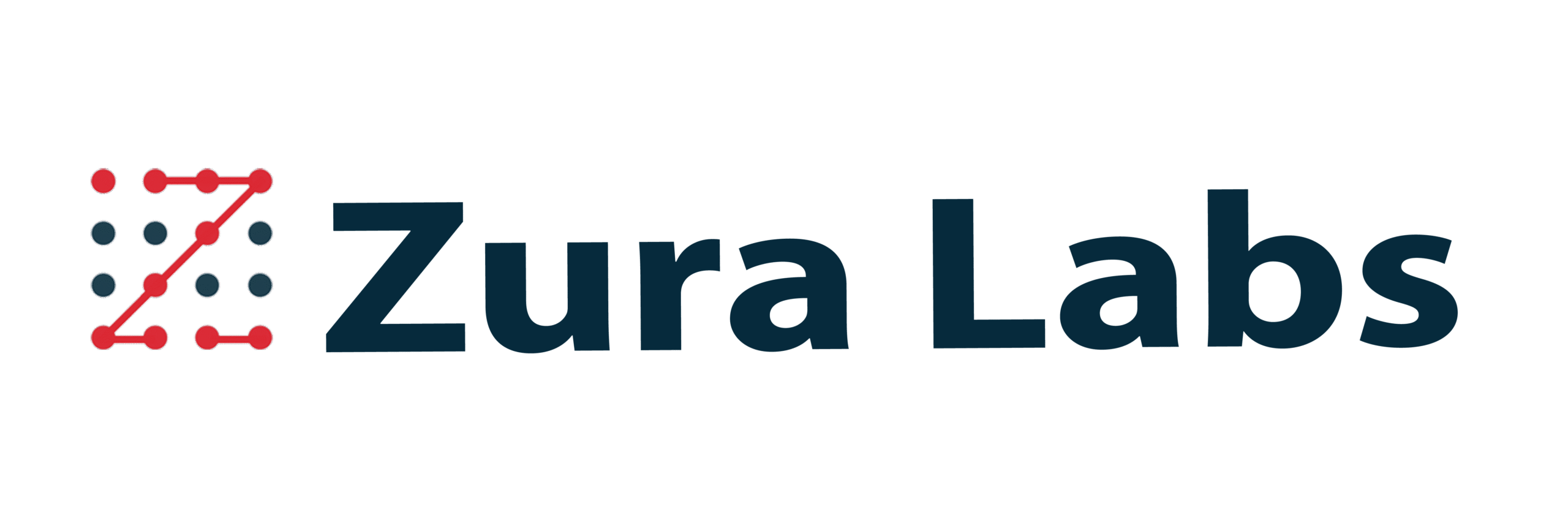Estimated reading time
Leveraging Analytics Systems to Enhance School Management
In recent years, the K-12 segment has recognized the importance of data-informed decision-making. Several schools are implementing an analytics-based School Management System (SMS) that offers a structured approach to improving operational efficiency, academic outcomes, and administrative transparency. With the help of such systems, schools are evolving to become fully digital, data-driven environments.
This article outlines key areas where analytics systems can support school leaders in managing core functions and driving continuous improvement.
Centralized Student and Teacher Information Management
A foundational element of any school analytics system is the Student Information System (SIS) and Teacher Information System. These tools allow institutions to maintain comprehensive, accurate, and up-to-date records. Beyond basic demographic data, schools can track academic progress, attendance patterns, disciplinary records, and staff performance indicators. Centralizing this information reduces administrative burden and facilitates better communication among stakeholders.
Attendance Monitoring and Analysis
Efficient Attendance Management is critical for identifying trends in student engagement and staff reliability. Analytics tools enable schools to automatically generate reports that highlight irregularities or patterns of concern. This allows timely interventions that can help reduce absenteeism and support student retention.
Transport and Office Administration Oversight
Transport logistics and administrative functions—such as payroll, inventory, and communication systems—can be managed more effectively through an integrated platform that has modules for transport management, library systems, message alerts, and employee records, supporting a holistic view of school operations. These platforms not only improve efficiency but also contribute to safer, more accountable environments.
Financial Administration and Fee Tracking
A robust Finance Management module is essential for overseeing school budgets, tracking fee payments, and forecasting financial needs. An analytics system helps ensure transparency in fee collection and allocation, while providing dashboards and reports that inform strategic planning at the administrative level.
Academic Performance Monitoring and Teacher Evaluation
Schools can use analytics systems to track scholastic data at multiple levels. This includes student academic performance, attendance trends, and assessments of teacher effectiveness. Regular evaluation based on measurable indicators enables evidence-based decision-making in curriculum design, instructional improvement, and resource allocation.
Custom Reporting and Real-Time Dashboards
Customizable dashboards and reporting tools offer school leaders immediate access to key performance indicators. These visualizations allow for timely and informed decision-making across areas such as admissions, fee compliance, academic progress, and staffing. Widgets can summarize notifications, pending tasks, and overall operational health, helping administrators stay proactive rather than reactive.
Configurable System Settings for Institutional Alignment
Administrators can align the platform with school-specific policies and workflows. These configurations help ensure that the system supports, rather than dictates, the institution’s unique needs and governance structures.
Student Interest and Application Monitoring
In addition to academic metrics, some platforms offer tools to monitor student interests and application patterns, helping schools personalize learning and better understand evolving student needs. This data can be instrumental in shaping extracurricular offerings, career counseling, and enrichment programs.
Conclusion
The adoption of a data-driven school management system is no longer optional—it is an essential component of modern education administration. By leveraging analytics tools, school leaders can foster transparency, accountability, and continuous improvement across all functional areas.
While the implementation of such systems requires thoughtful planning and training, the long-term benefits—improved academic outcomes, streamlined operations, and informed decision-making—are substantial. Institutions considering this transition are encouraged to begin with a clear needs assessment and phased rollout to ensure sustainable integration and staff engagement.
Zura has extensive experience in developing products and solutions in the areas of Educational Analytics. We have developed a school management system that is being used by around 16,000 schools in India. Reach out to us, if you would like to know more.

